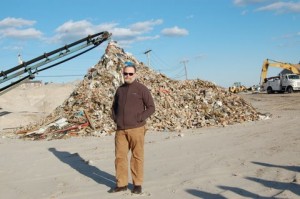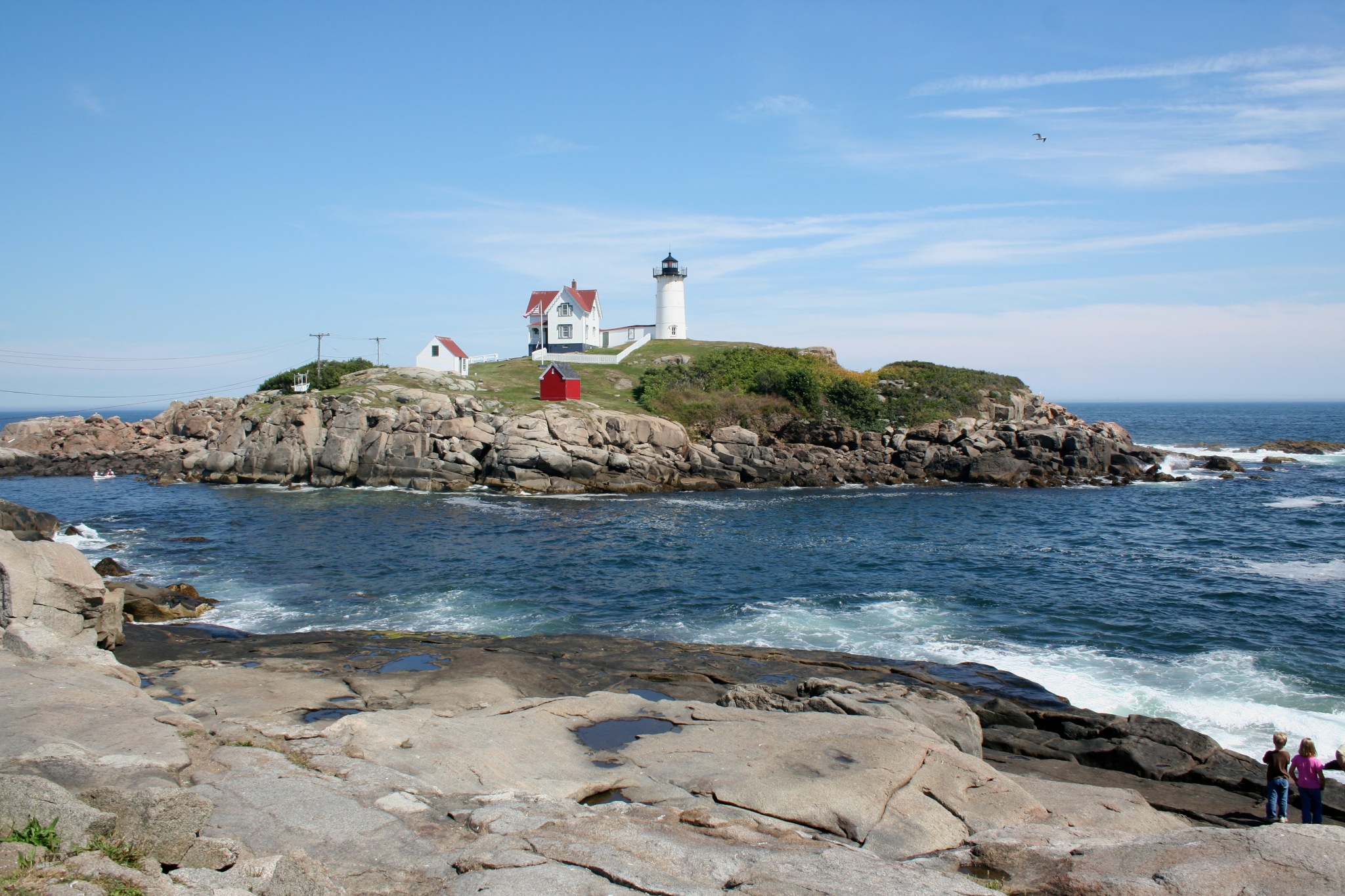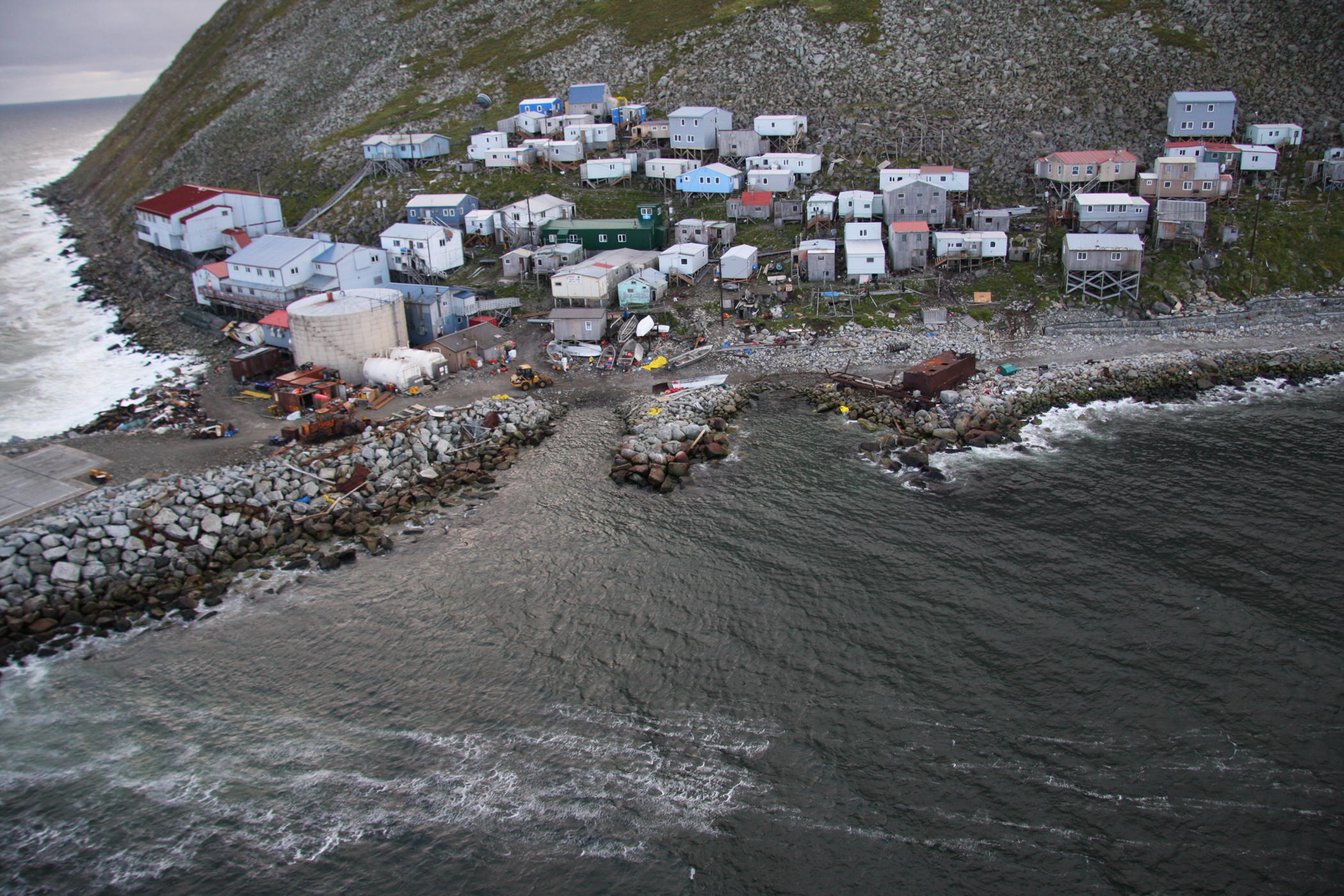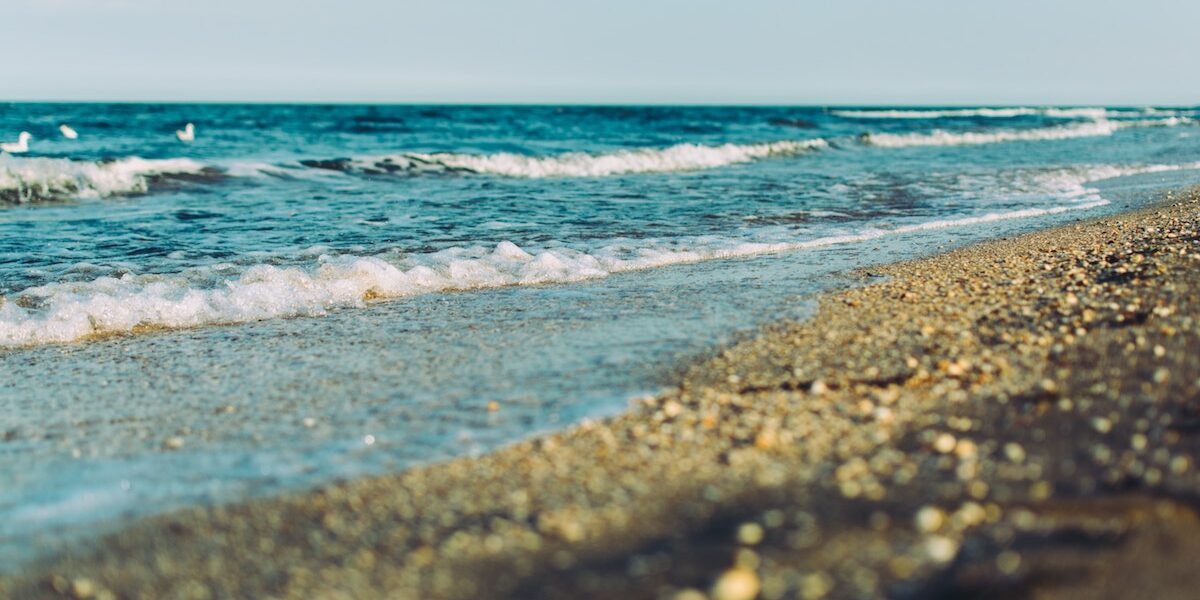By Mark J. Spalding, President, The Ocean Foundation
A version of this blog originally appeared on National Geographic’s Ocean View site.
Lucky me! I spent part of August in Lisbon, Portugal and part of it in coastal Maine—giving me a view from each side of the Atlantic. In Lisbon, I was working on new partnerships with the Future Ocean Alliance and the Luso-American Development Foundation. I visited the beautiful coast and waded in the Eastern Atlantic to cool off—it was unusually warm there. Back in the U.S. and up to Maine for a series of meetings with TOF partners and to give a lecture, I managed to spend part of every day by or on the water, listening to sea gulls, and watching sailboats skim by. As for everyone, it is always a pleasure to be out of meeting rooms and by the sea. And, of course, talking to people for whom the connection to the sea is not just enjoyment, but also economic.
It has been a beautiful August—everywhere I have been. People seem to be increasingly aware of the changes in their favorite coastal getaways—especially in the wake of Superstorm Sandy and other recent extreme weather events. Yet, the dramatic changes over a single year to the East Coast of the U.S. and elsewhere has left many wondering what the future will bring—especially for those whose communities depend on visitors to the sea for their economic well-being.

Watching beach clean up efforts after Superstorm Sandy.
York County is home to 300 miles of Maine’s coastline and some of New England’s most popular beaches—making it a key contributor to Maine’s economy. The State of Maine government itself is very aware of the 3500 miles of state coastline that draw thousands of visitors, generate significant income from fishing and lobstering, and support the well-being of communities far from the shore. Since 2008, the state has developed a suite of strategies known as the Coastal Hazards Resiliency Tools Project. Through the project, the state works with individual towns at their request, providing initial mapping projections and holding community workshops—encouraging problem-solving where the problems will hit hardest and where the decisions have to be made—locally. But it does not make the decisions easy.
As the York, Maine, community development director said in a recent article, as he surveyed the repeated damage to the seawall and adjacent main shore road: “… the question became, do you continue to repair it or do you let it go. We missed Sandy, but sooner or later we’re going to have a bad hit. So do you reinforce, accommodate or retreat?”

Nubble Light House in York County, Maine
Photo Credit: Michael Murphy via Flickr
Indeed, that is the question we tried to answer at a post-Sandy workshop of committed ocean enthusiasts last spring in Long Beach, New York. It is a struggle homeowners on the iconic Jersey shore are facing as the Army Corps of Engineers proposes construction of miles of new artificial sand dunes to protect coastal communities—an expensive fix, to be sure. It is also the question that communities around the globe are addressing for the future—taking the view that planning for projected sea level in 2030 is worth doing now, especially when it comes to approving development.
And in the Gulf of Mexico, coastal states are still working to both rebuild from Katrina and plan for the future. Projects such the 100-1000 Restore Coastal Alabama in Mobile Bay direct volunteers in rebuilding the oyster reefs that used to buffer the shoreline. Not only do the new oyster reefs provide food and filtering, but also the marsh grasses fill in behind, serving as both storm buffer and filter for the polluted water running off the land before it reaches the Bay and the life within. In New Orleans itself, they are still rebuilding neighborhoods, and tearing down abandoned properties (10,000 houses so far). Thinking about resilience there means rebuilding coastal habitat for storm buffer purposes, but also about alternative livelihoods to limit the risk for fishing families and others. In a recent interview, Mayor Mitch Landrieu said that despite the many tasks that remain. “I think that we have successfully done the most important thing, which was to think about building the city back the way she should have always been and not the way she was.”
On the west coast of the US, among the many efforts in coastal communities from Baja California to the Aleutians, one of the first regional approaches is embodied in the Sea Level Rise Adaptation Strategy for San Diego Bay (2012). The strategy, which was supported by The San Diego Foundation, resulted from the efforts of a broad collaboration of stakeholders, including the local governments around San Diego Bay, the Port of San Diego, San Diego Airport Authority, and many others.

The native village of Little Diomede, Alaska. (U.S. Coast Guard Photo by Petty Officer Richard Brahm)
And, of course because there are hundreds of such examples being implemented all around the world, figuring out how to get the best knowledge available can be overwhelming. That’s where a unique partnership called Climate Adaptation Knowledge Exchange (CAKEx.org) can help communities. Founded in 2010 by Island Press and EcoAdapt, and managed by EcoAdapt, CAKE aims to build a shared knowledge base for managing natural and built systems in the face of rapid climate change. The website aggregates case studies, community forums, and other information exchange tools to help interested parties share information about how people are responding with ingenuity and vision to the threats they face.
At the end of the day, action to reduce the threats and minimize them by reducing the emission of aggravating substances is the ideal; as is acting to promote the use of more sustainable long-term energy providing technology. At the same time, it would be foolish of these communities, especially coastal and island communities, to avoid making the investment of time and energy to do what they can to plan for a wetter, more unpredictable future, with the participation and support of all of us who love the ocean.
And thus, as we finish up the ocean summer in the northern hemisphere, and await with joy the ocean summer in the southern hemisphere, I ask you to join The Ocean Foundation’s community of supporters who care about the future of the oceans. Donate to our Ocean Leadership Fund today.







